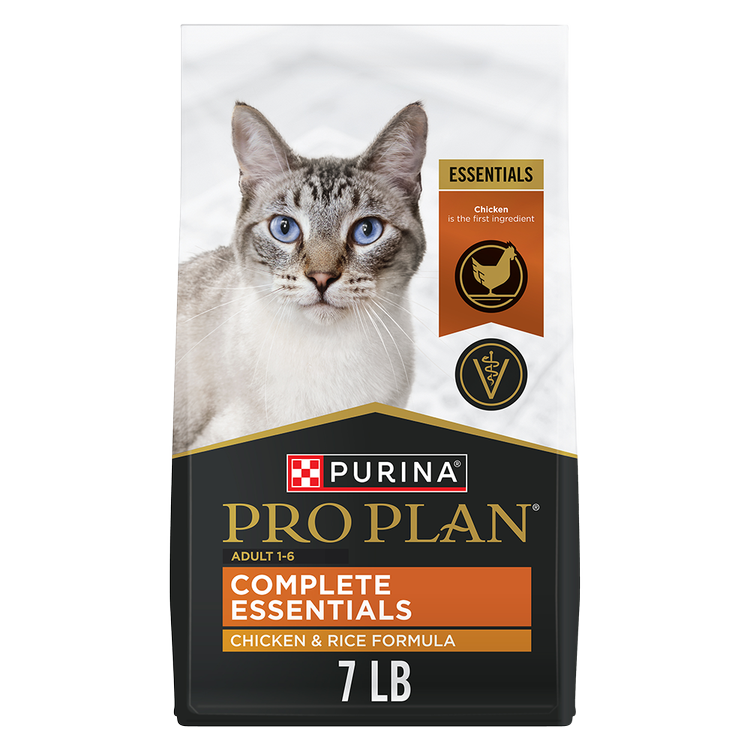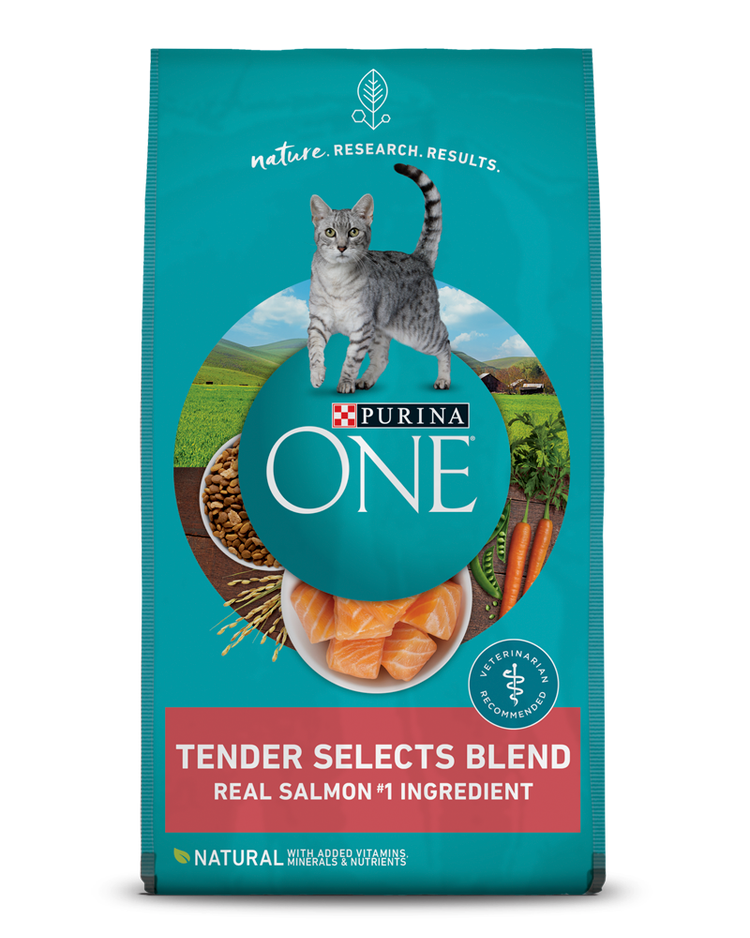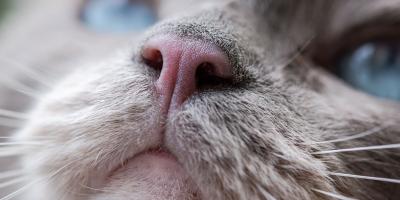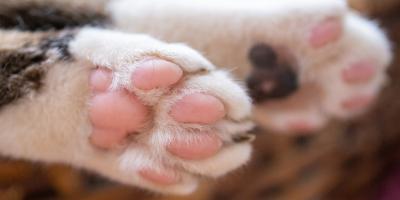Cat Shedding: Why is Your Cat Shedding So Much?

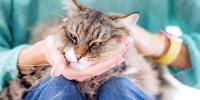
Shedding is a normal, healthy behavior for your cat, but that doesn’t necessarily mean you love finding fur all over your home. And if your cat is shedding a lot, the amount of hair left behind may even make you wonder if something is wrong.
In many cases, shedding isn’t cause for concern (for some cats, even large amounts of shedding is normal). Sometimes, though, it can indicate an underlying health issue.
So, if you’re asking, “Why is my cat shedding so much?”, read on to learn why your feline companion sheds, when it’s most likely to happen, and tips for how to de-shed a cat.
Why Do Cats Shed?
Shedding is a natural process where dead or damaged hair is removed to make way for new hair. It also releases natural oils into your cat’s skin.
There are many potential reasons why your cat is shedding. Here are some of them.
1. Changes in Seasons
Shedding can be tied to certain seasons. Your pet may experience heavier shedding in spring and fall (although indoor cats tend to shed all year). So, if you’re asking, “Do cats shed a winter coat?” because you’re finding more hair than usual around your home during springtime, know this is likely normal for the time of year.
2. Breed
Some cats are prone to shedding more than others. With longhaired cats in particular, the amount of shed fur may feel overwhelming at times. This can be problematic for people with allergies.
Proteins in your cat’s saliva trigger allergies in humans. When your pet grooms themselves, the saliva transfers to their hair, which is then shed in your home. To limit the allergic effects of your cat’s hair, try Purina’s allergen-reducing cat food.
3. Stress
Shedding is sometimes related to stress. With stress, the causes can be temporary (e.g., a trip to the veterinarian) or long-term (e.g., a change in environment). If you suspect your feline companion may be stressed, look for other symptoms, like overgrooming (which may contribute to the loss of hair), as well as a decline in appetite and being withdrawn.
You can try to reduce your cat’s stress by interacting with them more, creating a cat-friendly private space at home, or giving them a calming probiotic supplement.
4. Parasites
Some parasites can cause overgrooming and hair loss in cats. Fleas, ticks and ear mites (among others) irritate the skin. As a result, your pet may excessively scratch, lick and bite themselves for relief. If you think your pet has a parasite, contact your veterinarian as soon as possible.
5. Infections
Fungal infections, like ringworm, can cause your cat to shed their hair. Ringworm can present other symptoms as well, such as ring-like lesions on the skin and dandruff. Contact your veterinarian if you think your cat has ringworm.
6. Malnutrition
Your feline companion should eat a complete and balanced cat food. Without proper nutrition, their coat health may suffer, leading to hair loss (among other problems).
7. Age
Some cats groom themselves less frequently as they get older due to arthritis and other mobility issues. As a result, they may appear to shed more because they can’t remove dead hair on their own.
How Much Shedding is Normal?
There is no formal standard when it comes to how much cats shed. Every feline is different. Generally, longhaired cats shed more than shorthaired ones, and some breeds shed less than others. But even within these categories, there can be variations.
Excessive Shedding in Cats – When to Call the Veterinarian
Remember, some cats simply shed a lot. This may be normal behavior. If they experience excessive shedding as well as other unusual symptoms, however, take note.
Additionally, alopecia is cause for concern. Alopecia occurs when your cat completely loses hair in an area where hair is normally present, revealing a bald patch. It’s often a symptom of an underlying health condition. Talk to your veterinarian if your cat develops uncommon or complete hair loss.
When is Shedding Season for Cats?
Generally, there are two main shedding seasons for cats. If you’re wondering, “When do cats shed the most?”, the answer is spring and fall. In spring, they remove the thick coat they previously grew to stay warm in the winter, replacing it with thinner, lighter hair. During fall, they shed their warm-weather fur as their heartier coat comes in.
However, indoor cats generally shed all year, due to mild, more consistent temperatures in pet owners’ homes. This isn’t always true for outdoor cats, though. Because of their exposure to more dramatic changes in temperature and daylight when the seasons change, the shedding schedule of outdoor cats is more closely aligned to the seasons.
Don’t forget, if your cat sheds more during certain seasons, they can be more likely to develop hairballs. These occur when your cat ingests hair from grooming themselves. If the hair forms clumps in the stomach, your pet may vomit them up.
Pro tip: Manage the effects of hairballs on your pet with hairball control cat food.
Do All Cats Shed?
Almost all cats shed their fur. However, the Sphynx and Peterbald breeds range from being completely hairless to—in the case of the Sphynx—having a fine down. They’re not known to shed.
Cat Breeds That Shed the Most (& Least)
Breed plays a significant role in how much your cat sheds. In addition to the Sphynx and Peterbald, here are some cat breeds that don’t shed (or have minimal shedding):
Low-shedding cat breeds include:
Many breeds are considered moderate-shedding cats, such as:
There are also heavy-shedding cats, like the Persian, that require daily brushing.
How to Control Cat Shedding
If you’re feeling overwhelmed by your cat’s shedding, the good news is there are ways to get it under control.
Grooming your cat helps them maintain a healthy coat. While they are excellent self-groomers, brushing your pet removes dead or damaged hair and reduces oil buildup in their fur. It also prevents hair from accumulating in your home. Your cat may even love the experience.
If you’re looking for the best cat brush for shedding, consider a rubber brush for shorthair felines and a slicker brush for longhair cats. These can remove loose hair and prevent tangles.
Additionally, sensitive skin cat foods formulated to promote a healthy coat might also help.
If you’re wondering, “Why is my cat shedding so much?”, remember that shedding is normal for almost all cats. At certain times—such as the spring or fall—it may even happen at increased levels. That said, if shedding is accompanied by other symptoms, such as bald patches, or your cat’s behavior or appearance changes in other unusual ways, contact your veterinarian.
For more expert tips on grooming your feline companion, explore our other articles on routine care for cats.
Related articles

Earn myPurina Rewards with Every Purchase
Use your points for treats, toys, and gift cards with myPurina app.

